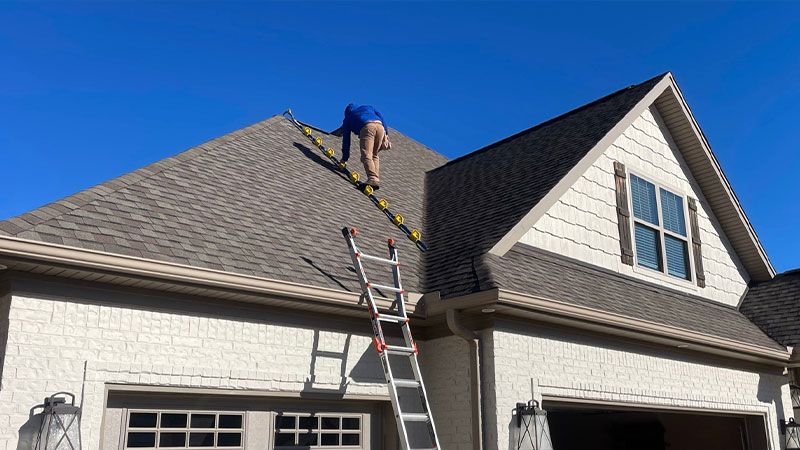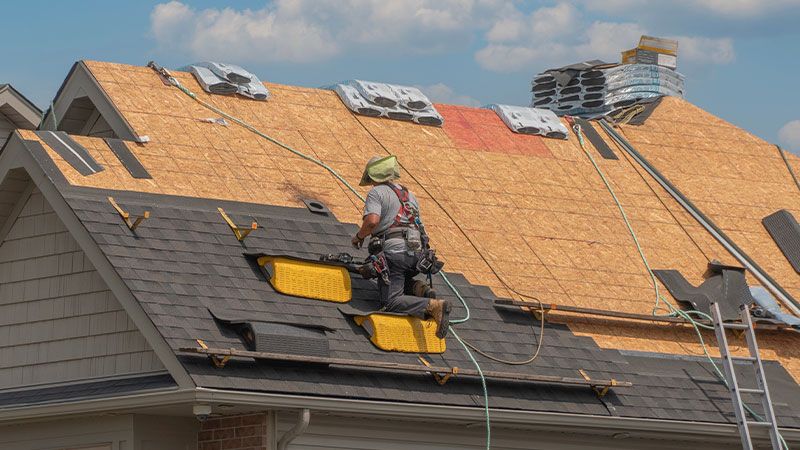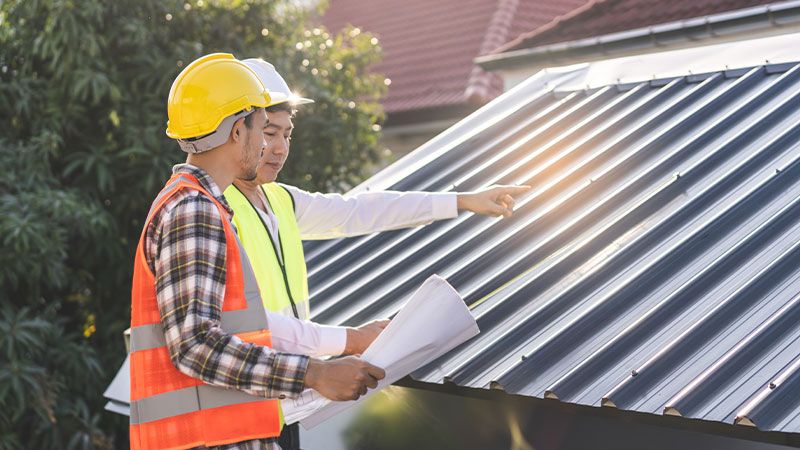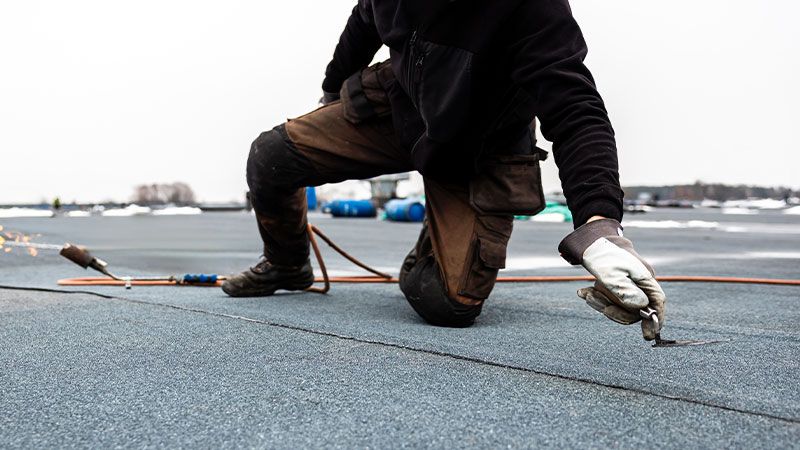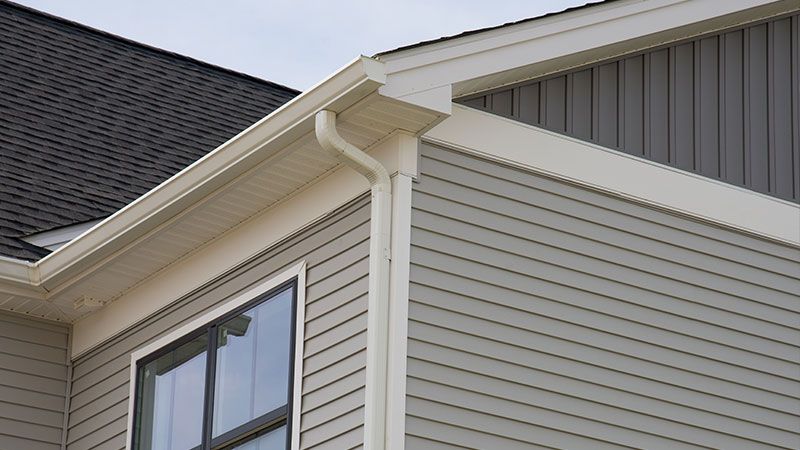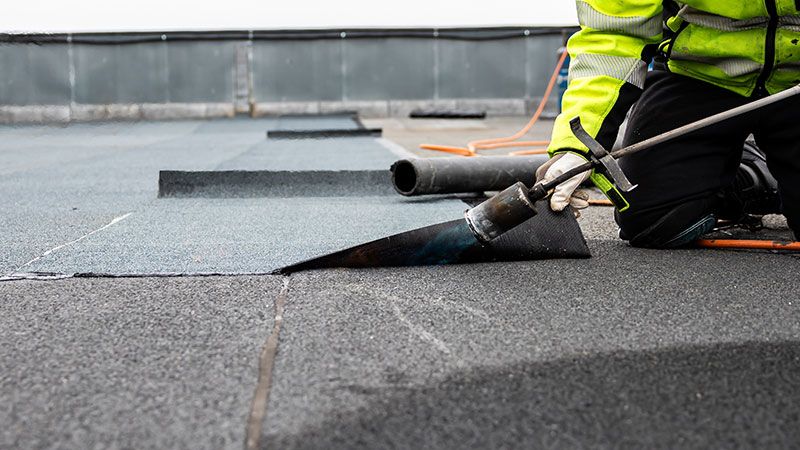Houston hail damage occurs when ice pellets, formed in thunderstorm updrafts, strike your roof with significant force. This impact can cause dents, cracks, and even punctures in roofing materials, leading to leaks, weakened structural integrity, and long-term issues like mold growth. Signs of Houston hail damage roofing include:
- Dented or missing shingles
- Cracked tiles or roof panels
- Granule loss on asphalt shingles
- Water stains on ceilings or walls
If left unaddressed, hail damage can compromise your roof's ability to protect your home, making swift Houston hail damage restoration essential.
Hail forms when updrafts in thunderstorms carry raindrops into freezing regions of the atmosphere, where they solidify into ice. These hailstones grow as they collide with supercooled water droplets or other hailstones, eventually becoming too heavy for the updraft to sustain. When this happens, gravity takes over, and hail falls to the ground—causing Houston hail roof damage along the way.
The size of hailstones can vary greatly, ranging from small pebbles to baseball-sized ice chunks. Larger hailstones pose a higher risk of damage, especially to roofing materials, which are often the first line of defense for your home.
